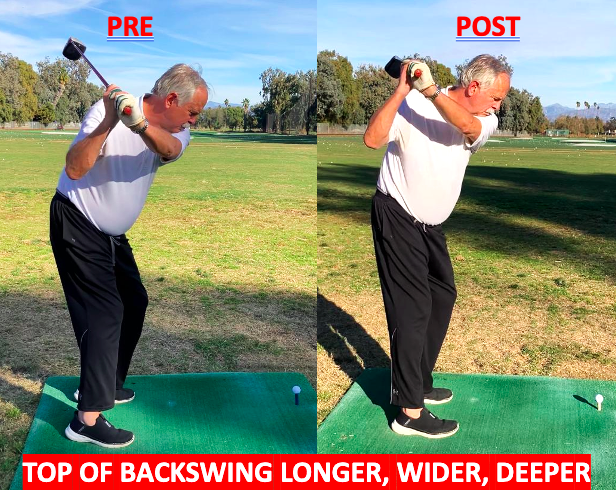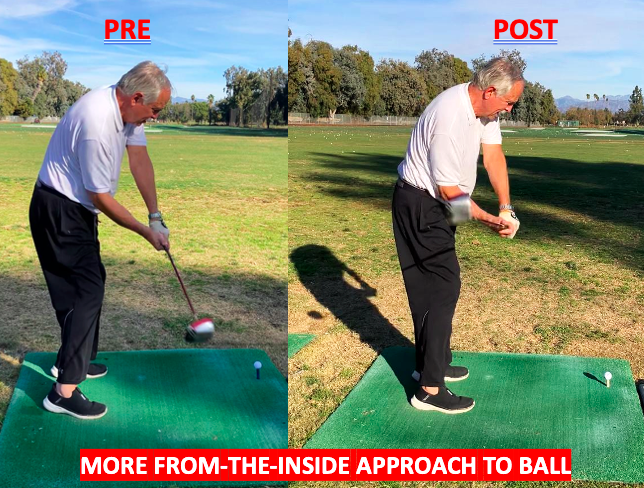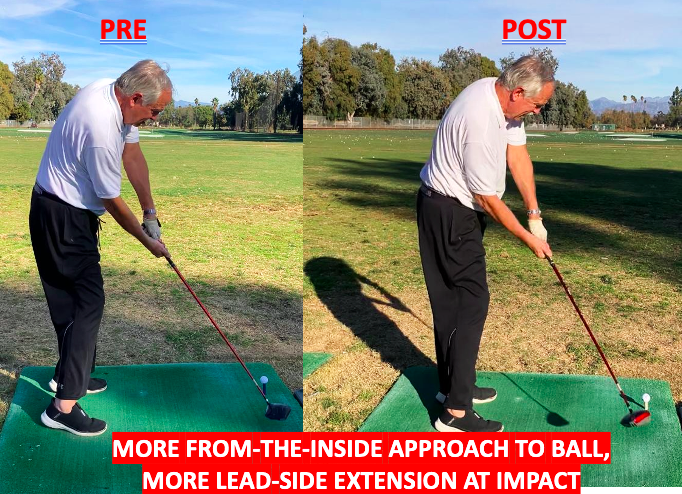The Ubiquitous Talent of Olympic Athletes
It has often been said that great athletes in another sport make great golfers and can be easily fast-tracked into golf. Cases in point – basketballers Stephen Curry and Michael Jordan, footballers Tom Brady, Aaron Rodgers, Peyton Manning and Tony Romo and cricketers Sir Viv Richards and Kapil Dev. And they are a small part of a very long list.
Of course there are exceptions, the most famous one being Charles Barkley who was referred to as “Sir Charles” in honor of his phenomenal basketball talent, but could never hack it as a golfer.
So, a pet theory has been that Olympic Athletes being introduced to the Minimalist Golf Swing (MGS) would make for a great combination and help them play better golf.
It was thus an honor and a privilege to work with John Naber, famous Olympic swimmer and winner of four gold, and one silver medal, in the 1976 Olympics.
In a single session he was able to go from erratic ball striking (of course he only plays once a year or so for charity scrambles), to effortless (his word) shots. He hit longer, higher and often straighter shots – with no pull group (pull, pull slice, pull hook). And those are the hallmark characteristics of the MGS swing – shots that go further, straighter and higher, have greater directional and distance consistency and also have reduced injury risk.



Most of the information John was given was for the set-up. Then there were two basic things he had to do in the backswing – still body and arms moving in a specific way. Finally, the only thought he was to have in the downswing was – none! Just let it rip!
Bottom-line – the golf swing that is being used by the best players today is gaining in complexity as it adds more and more movements that golfers must make during the backswing, and thoughts they must have during the downswing. On the other hand, the MGS cuts out all movement that has never been shown, through any research, to be correlated with greater speed.


